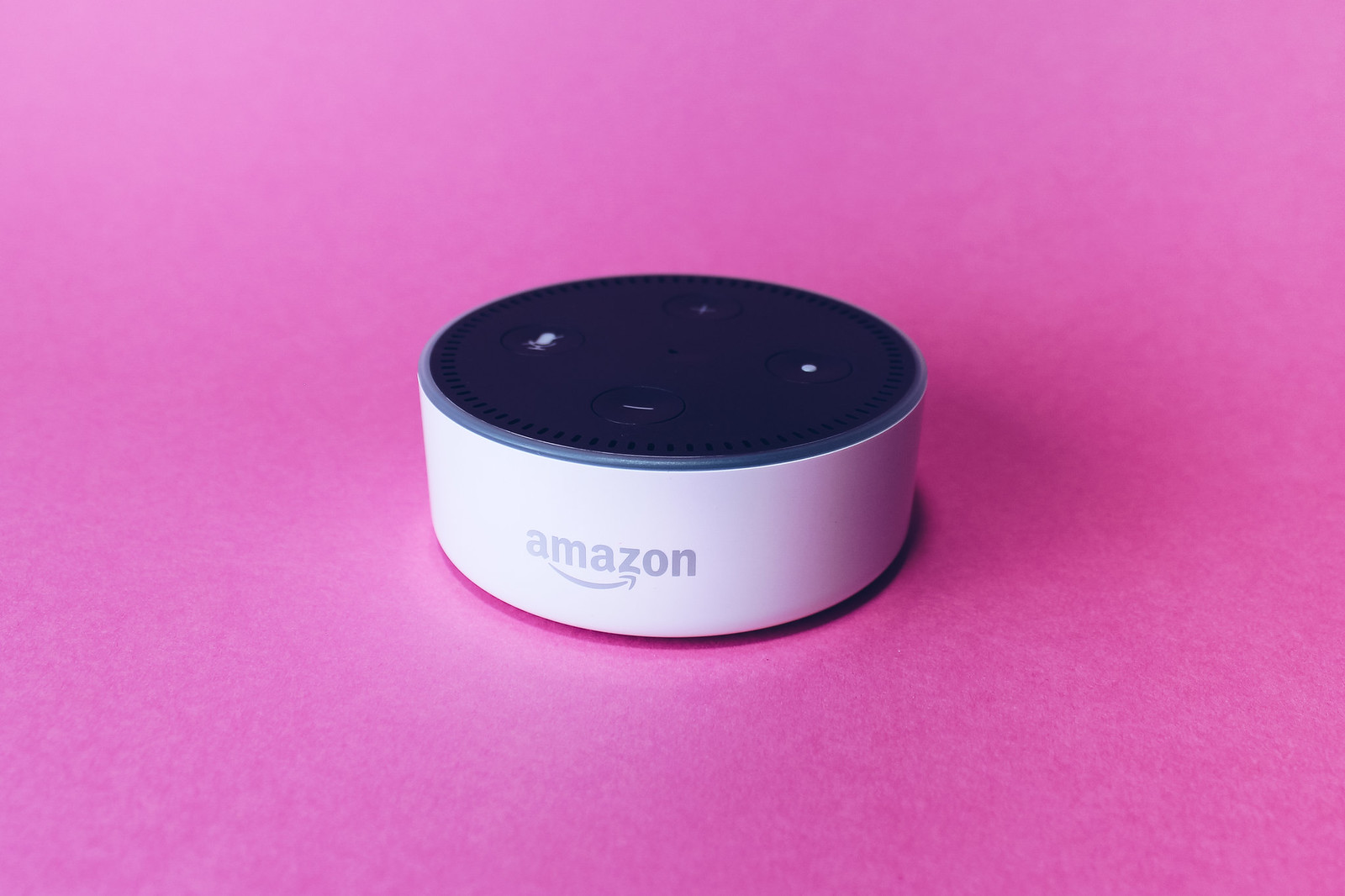
Trouble In Toyland 2007
The 22nd Annual Survey of Toy Safety
The 2007 Trouble in Toyland report is the 22nd annual Public Interest Research Group (PIRG) survey of toy safety. This report provides safety guidelines for parents when purchasing toys for small children and provides examples of toys currently on store shelves that may pose potential safety hazards. We visited numerous toy stores and other retailers to find potentially dangerous toys and identify trends in toy safety. This year, we focused on four categories of toys: toys that may pose choking hazards, magnetic toys, toys that are excessively loud, and toys that contain lead and other potentially toxic chemicals.
Downloads
U.S. PIRG Education Fund

For several years, we have reported that toys are safer than ever before, thanks to decades of work by product safety advocates and parents and the leadership of Congress, state legislatures and the Consumer Product Safety Commission (CPSC). Yet, as many have noted, 2007 has been described as the “year of the recall.” Millions of toys, including famous playthings like Thomas the Tank Engine and Barbie, have been recalled in 2007. Many of these toys have been from leading manufacturers like Mattel, and most were imported from China. Most of the recalls have been for hazards previously identified in this report—excessive levels of toxic lead, dangerous small magnets, and choking dangers.
These troubling events have reminded Americans that no government agency tests toys before they are put on the shelves. These events provide a warning that as parents and other toygivers venture into crowded malls this holiday season, they should remain vigilant about often hidden hazards posed by toys on store shelves.
The dramatic wave of toy, food and other consumer product recalls has spurred intense attention from policymakers to the problems of consumer safety generally and the limits of the long-neglected Consumer Product Safety Commission specifically. The CPSC is the nation’s smallest safety agency, yet it is responsible for 15,000 different products— from chain saws to escalators and from kitchen appliances to toys. Its current actual budget ($63 million) is less than half of what its 1974 startup budget ($34 million) would be today if merely corrected for inflation ($140 million). It has only one toy tester at its decrepit Maryland laboratory; worse, only 15 of 400 total staff (down from a 1980 peak of 978) are on duty full-time as port inspectors. That problem is exasperated because since the tragedies of September 11, customs inspectors and others that had buttressed this tiny force have been re-tasked.
In addition to expanding the agency’s budget, policymakers are planning to give the CPSC more tools to hold corporate wrongdoers accountable and speed recalls, to ban toxic lead except in trace amounts and to greatly improve import surveillance.
The holes in the product safety net can, and must be, repaired to restore the confidence of parents and other toygivers that the gifts that they purchase will bring pleasure, not worry.
The 2007 Trouble in Toyland report is the 22nd annual Public Interest Research Group (PIRG) survey of toy safety. This report provides safety guidelines for parents when purchasing toys for small children and provides examples of toys currently on store shelves that may pose potential safety hazards. We visited numerous toy stores and other retailers to find potentially dangerous toys and identify trends in toy safety. This year, we focused on four categories of toys: toys that may pose choking hazards, magnetic toys, toys that are excessively loud, and toys that contain lead and other potentially toxic chemicals.
Topics
Find Out More


Is Alexa always listening? How to protect your data from Amazon

Safe At Home in 2024?


